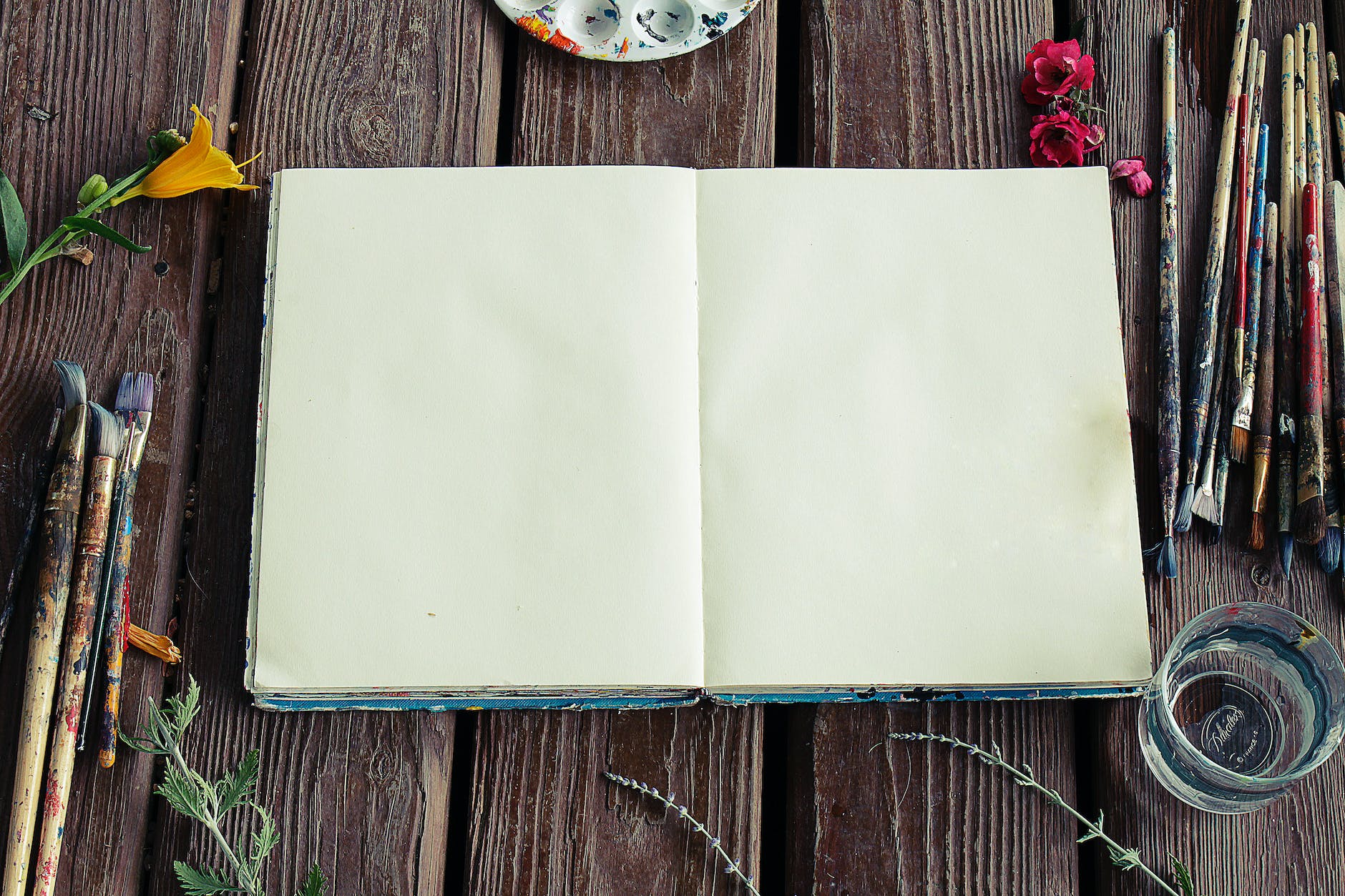
Embarking on a journey into the colorful world of acrylic painting can be a rewarding and fulfilling experience. Whether you’re looking for a therapeutic outlet, a new hobby, or a way to express your creativity, acrylic painting is an excellent choice for beginners. This guide is designed to help you take your first steps into this vibrant and versatile medium, providing you with essential tips and encouragement along the way.
Gather Your Supplies
Before you start creating your masterpiece, make sure you have the right tools. Here’s a basic list to get you started:
- Acrylic Paints: Invest in a set of primary colors and white, at the very least.
- Brushes: Purchase a variety of brushes, including flat, round, and detail brushes.
- Canvas or Canvas Board: Choose a size that suits your preference.
- Palette: An essential tool for mixing and blending colors.
- Palette Knife: Useful for creating texture and mixing paints.
- Water and Palette Cup: Keep your brushes clean during the painting process.
- Easel: Helps you paint comfortably and at eye level.
Understand Basic Techniques
Acrylic painting allows for a wide range of techniques. Familiarize yourself with these fundamental techniques to build a solid foundation:
- Wet-on-Wet: Apply wet paint onto wet paint for smooth blending.
- Layering: Let each layer dry before applying the next for depth and texture.
- Dry Brushing: Use a nearly dry brush for a textured and layered effect.
- Glazing: Apply thin layers of translucent paint for a stained-glass effect.
- Impasto: Create texture by applying thick layers of paint with a palette knife.
Learn Color Mixing
Acrylics offer endless possibilities for color mixing. Experiment with primary colors to create a spectrum of hues. Understand the color wheel and how complementary colors can be used to enhance each other. Play with tints, shades, and tones to add dimension to your paintings.
Practice Basic Brush Techniques
Mastering brush techniques is crucial for creating various textures and effects. Practice brushstrokes such as:
- Flat Brush Strokes: For broad areas and backgrounds.
- Round Brush Strokes: Ideal for detailing and finer lines.
- Cross-Hatching: Overlapping strokes to create depth and shading.
- Scumbling: Applying a thin, broken layer of paint for a soft, textured finish.
Start with Simple Subjects
Begin your artistic journey by painting simple subjects. Consider landscapes, still life, or abstract art. This allows you to focus on technique without feeling overwhelmed.
Experiment and Embrace Mistakes
Acrylic painting is all about experimentation. Don’t be afraid to try new things, and don’t be discouraged by mistakes. Mistakes can often lead to unexpected and beautiful results. Embrace the learning process and enjoy the journey of self-discovery through your art.
Join a Community
Connect with fellow artists, both online and offline. Joining art communities can provide valuable feedback, encouragement, and inspiration. Share your work, ask questions, and learn from others’ experiences.
Conclusion
Embarking on your acrylic painting journey is an exciting adventure filled with self-expression and creativity. Remember, there are no strict rules in art, and the joy lies in the process. Enjoy the exploration, celebrate your progress, and let your inner artist flourish on the canvas. Happy painting!